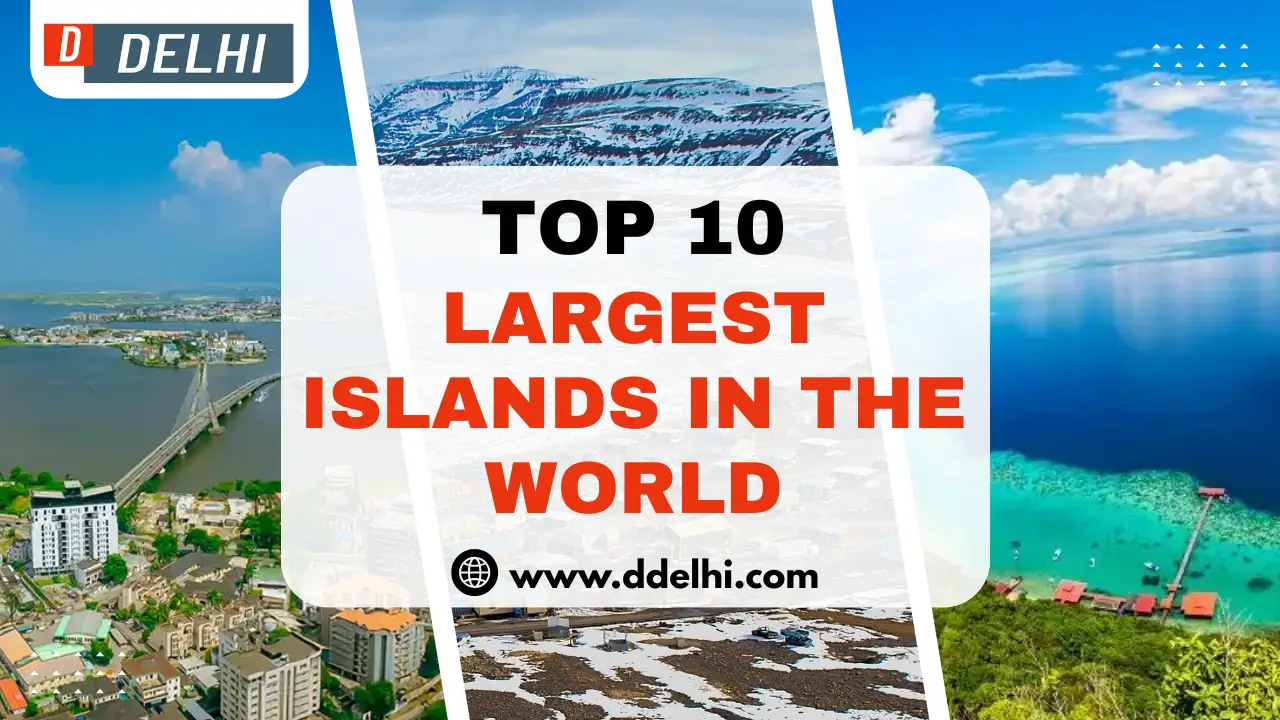
Top 10 Largest Islands in the World
Due to their unique ecosystems, cultures, and histories, islands are among the most enchanting landforms on Earth. They are surrounded by vast oceans that spark beauty. While some islands are part of nations that are spread across continents, others are entire countries. Through this comprehensive blog, let’s gain insight into how geography influences human life and the natural world by studying the world’s largest islands. These enormous islands are important components of our global environment and unique travel destinations because of their diverse communities, amazing wildlife, and stunning scenery. Let’s explore the top 10 largest islands in the world in detail.
Table of Contents
List of the Top 10 Largest Islands in the World
Due to its distinct topography, biodiversity, and cultural legacy, each island on this list is noteworthy. Let’s explore these Largest Islands in the World and discover what makes each one remarkable.
1. Greenland
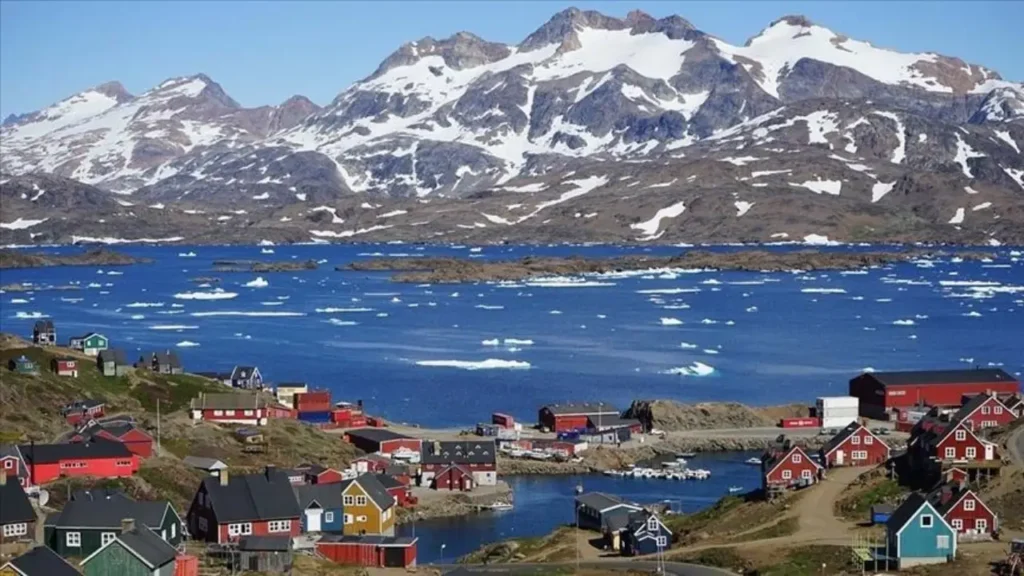
At roughly 2.1 million square kilometers, Greenland is the largest island in the world. It is primarily covered in ice and is home to fjords, glaciers, and Arctic wildlife. A range of communities have flourished here for centuries in spite of the frigid climate. Situated in North America, Denmark, this island is said to have a population of around 56, 483 people. This particular island is known for its long-standing customs while adjusting to modern living in one of the most isolated areas of the world.
- Area: 2,130,800 sq km (822,700 sq miles)
- Population: 56,483
2. New Guinea
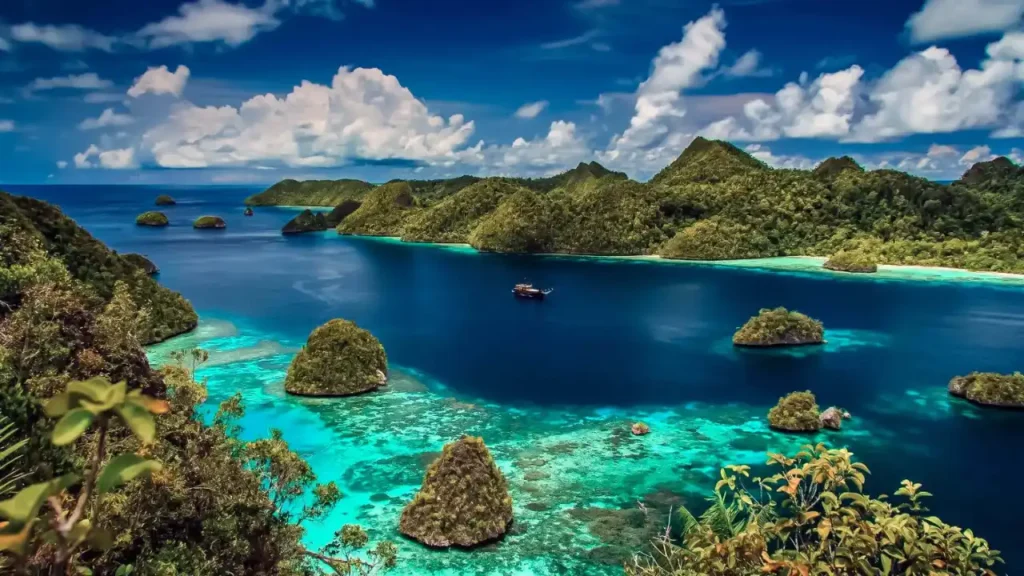
Among the top 10 largest islands in the world, New Guinea is the second-largest island in the world. In total, it covers an area of 317,150 sq mi (821,400 sq km) in the Southwest Pacific. It is shared by both Papua New Guinea and Indonesia. This specific island is known for having impressive biodiversity, tall mountains, and dense rainforests. With more than 1,000 languages spoken there, it is a culturally diverse place where customs flourish amidst pristine landscapes, from coasts fringed with coral to mist-covered valleys filled with rare flora and fauna.
- Area: 785,753 sq km (303,381 sq miles)
- Population: 11,306,940
3. Borneo
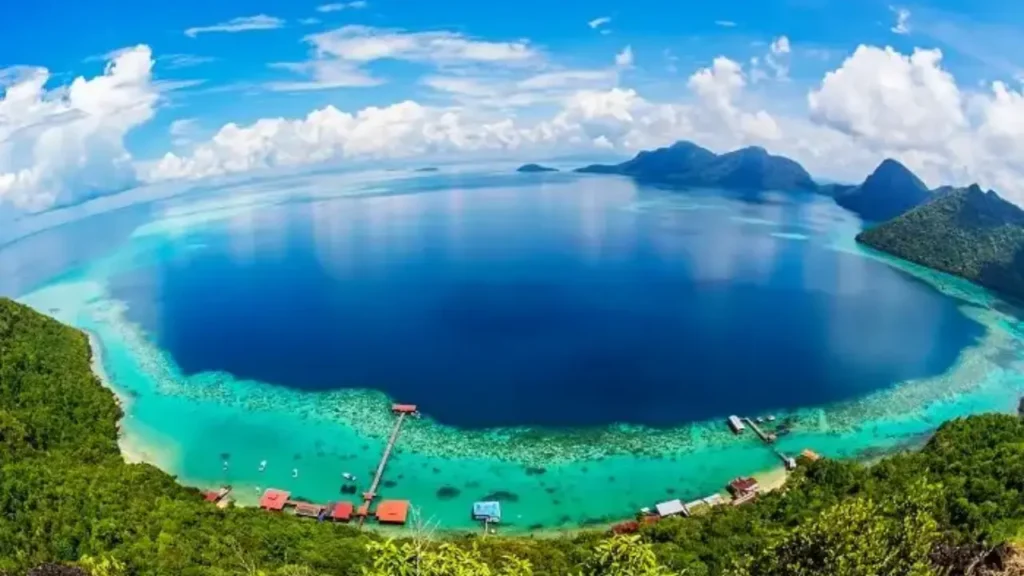
Borneo, the island that ranks third in size among all the largest islands in the world, is located in Southeast Asia and is divided among three countries that are Indonesia, Malaysia, and Brunei. It is a paradise for biologists, as its rainforests are the home of orangutans, and its rivers and jungles accommodate a significant variety of flora and fauna. The beauty of this tropical island is characterized by its wide rivers, limestone caves, and mountains, as well as by the cultures that continue to take good care of their resources in the best way possible.
- Area: 743,330 sq km (288,869 sq miles)
- Population: 19,804,064
4. Madagascar
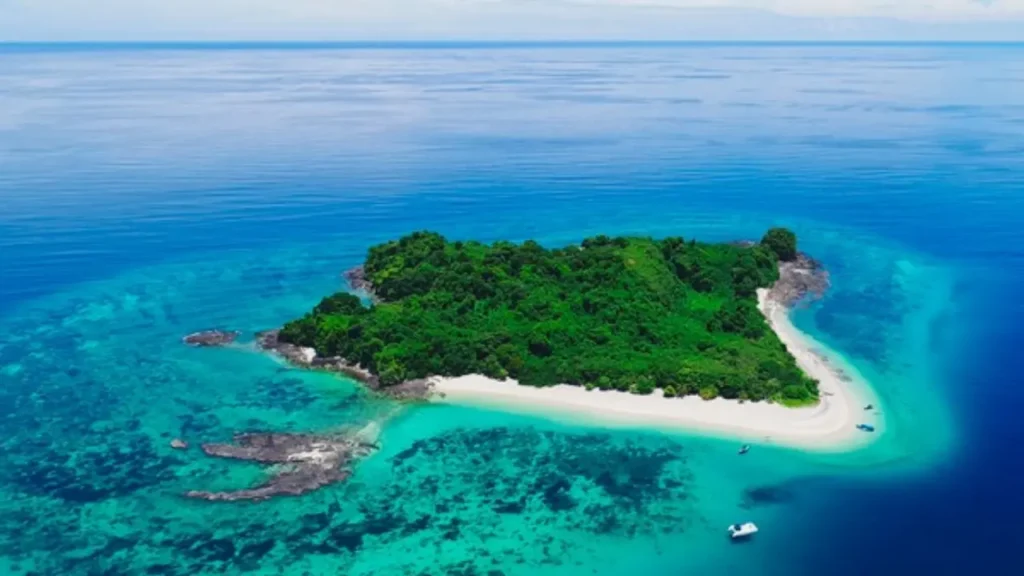
Madagascar, the fourth-largest island, is situated off Africa’s southeastern coast. It has been situated in isolation for a long time and has given birth to unique species such as lemurs, baobab trees, and chameleons in various colors. It is an even more diverse and different place for wildlife, which is one of the reasons why it is called a paradise for nature lovers. It is difficult to believe that the island’s various terrains and rare animals were not among the factors that made it one of the most cherished ecological miracles of our planet. Therefore, due to its extensive area of 226,657 sq mi (587,041 sq km), it has been named among the Largest Islands in the World.
- Area: 587,713 sq km (226,917 sq miles)
- Population: 22,005,222
5. Baffin Island
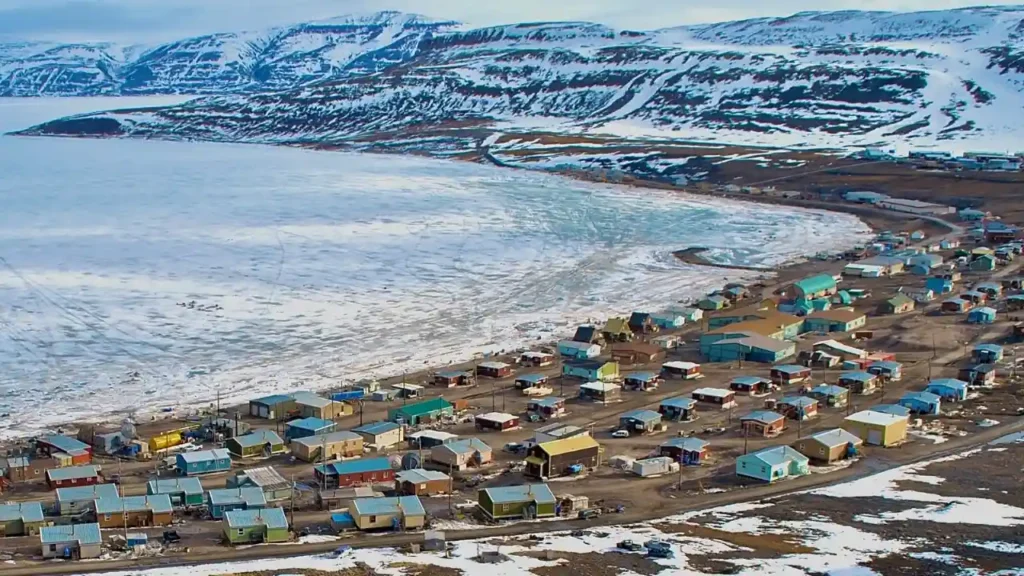
Baffin Island, which belongs to Canada’s Arctic archipelago, is the fifth-largest island in the world. It is famous because of its frozen fjords and high mountains that create a space for the most stunning yet difficult area to survive in nature. One of the most amazing things is that people here live together with the polar bears and seals while maintaining very strong cultural bonds with the ancient rhythms of the land and the Arctic wilderness. The approximate population here is around 10,745, and its exact location is said to be on the eastern shore of Georgian Bay alone.
- Area: 507,451 sq km (195,928 sq miles)
- Population: 10,745
6. Sumatra
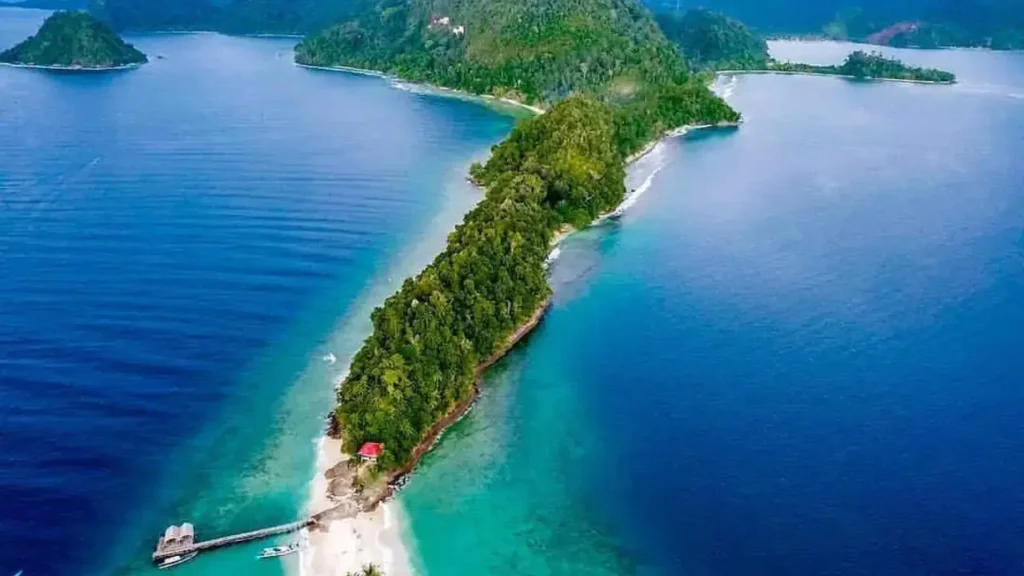
The island of Sumatra, which ranks sixth in the list, is one of the top 10 largest islands in the world. It is an integral part of Indonesia. It is widely known for its seismic activity, tropical rainforests, and the rarest of the rare creatures like the Sumatran tigers and elephants. The island also boasts a vibrant cultural legacy, its coffee plantations, and gorgeous lakes. No wonder Sumatra’s splendid greenery and rich biodiversity make it one of the most attractive areas in natural terms in Southeast Asia.
- Area: 443,066 sq km (171,069 sq miles)
- Population: 50,000,000
7. Honshu

With an area larger than any other island in Japan and a population of more than 100 million, Honshu takes the seventh position on the list of the largest islands in the world. All the cities like Tokyo, Kyoto, and Osaka coexist on this island, and ancient traditions and modern innovations are all around. The beauty of Honshu is portrayed by its snow-capped Mount Fuji, cherry blossoms, and historic temples. The island’s diverse elements of culture, nature, and technology not only define Japan’s vibrant heart and global influence but also express it artistically.
- Area: 225,800 sq km (87,200 sq miles)
- Population: 103,000,000
8. Victoria Island
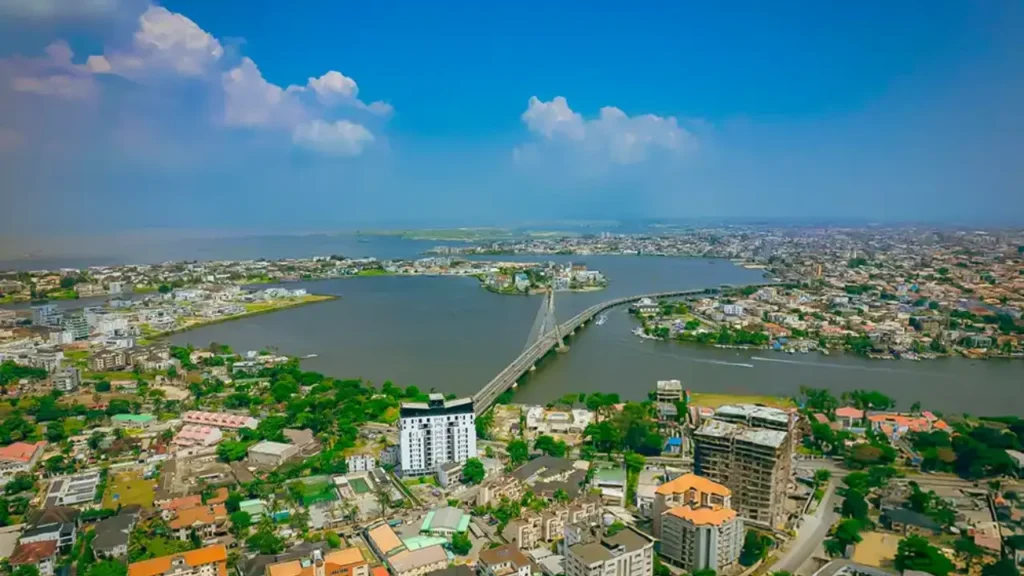
Victoria Island, situated in the Arctic Archipelago of Canada, is the eighth-largest island in the world. It impresses people with frozen tundra, glacial valleys, and stunning Arctic scenery. Very few people live there, so it has not experienced much of the modern development of other places. Some indigenous peoples have their communities on the island and live very close to nature in an area that is very cold, icy, and silent all year round.
- Area: 217,291 sq km (83,897 sq miles)
- Population: 1,875
9. Great Britain
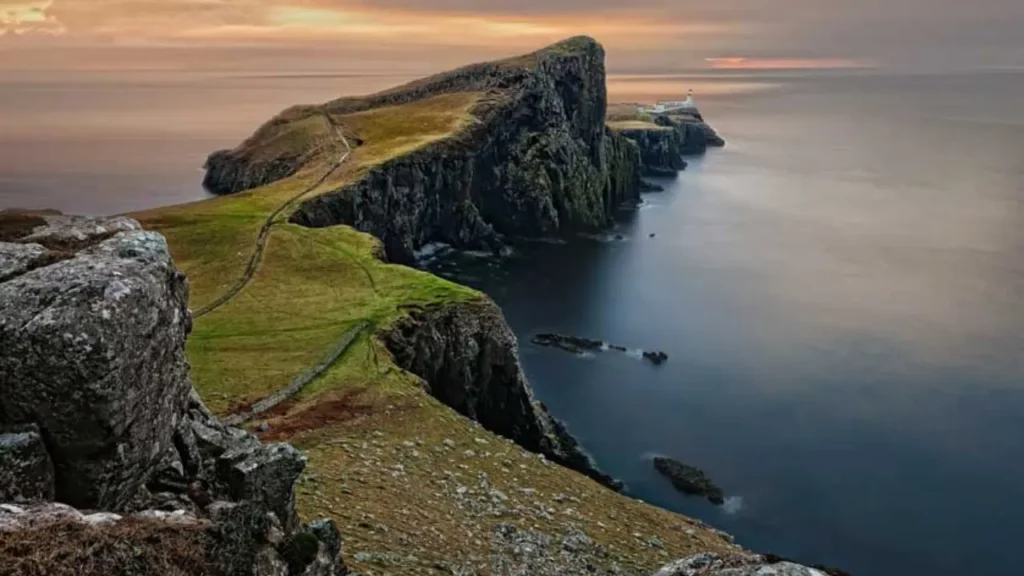
Great Britain, the ninth-largest island on the list of largest islands in the world, stands for the British Union of England, Scotland, and Wales. It is the home of a country with its continuous conflicts and many historical landmarks. Therefore, it is recognized because of rolling hills, beautiful coastlines, and stunning nature. Great Britain, from London’s fast-moving energy to Scotland’s misty Highlands, is a land of both traditions and modernity. Its richness in culture, literature, and breathtaking landscapes continues to appeal to even the historians and travelers of the new generation.
- Area: 209,331 sq km (80,823 sq miles)
- Population: 60,800,000
10. Ellesmere Island
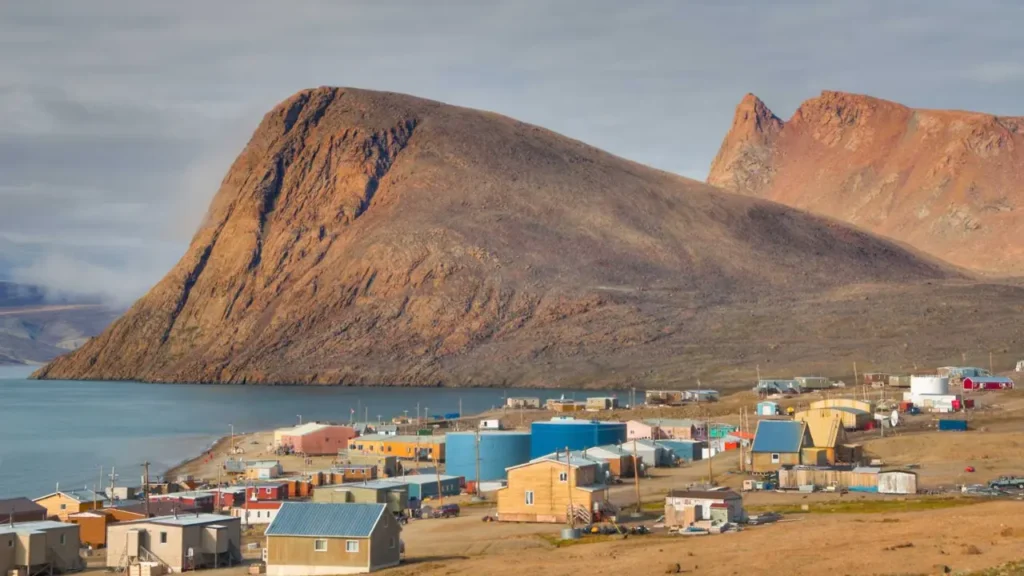
Ellesmere Island, Canada’s northernmost and tenth-largest island, is a frozen Arctic wonder. Its terrain is characterized by towering mountains, glaciers, and ice caps. The area is not densely populated, but it plays an important role in scientific research regarding climate change. The island’s harsh climate, pristine wilderness make it a polar destination that can be described as nothing less than extraordinary.
- Area: 183,965 sq km (71,029 sq miles)
- Population: 146
Conclusion
These top 10 largest islands in the world are not only vast in size but also rich in beauty, culture, and biodiversity. Each island in a diverse destination offers something unique to explore. These islands show how nature and people adapt to different environments, creating amazing traditions and ecosystems. Even if it’s the modern cities of Honshu or the untouched wilderness of Ellesmere Island, each one has its own story to tell. Learning about these islands helps us appreciate the diversity of our planet and the importance of protecting these natural treasures for future generations to enjoy.
Also Read – Ramoji Film City: The World’s Largest Film Studio in Hyderabad



